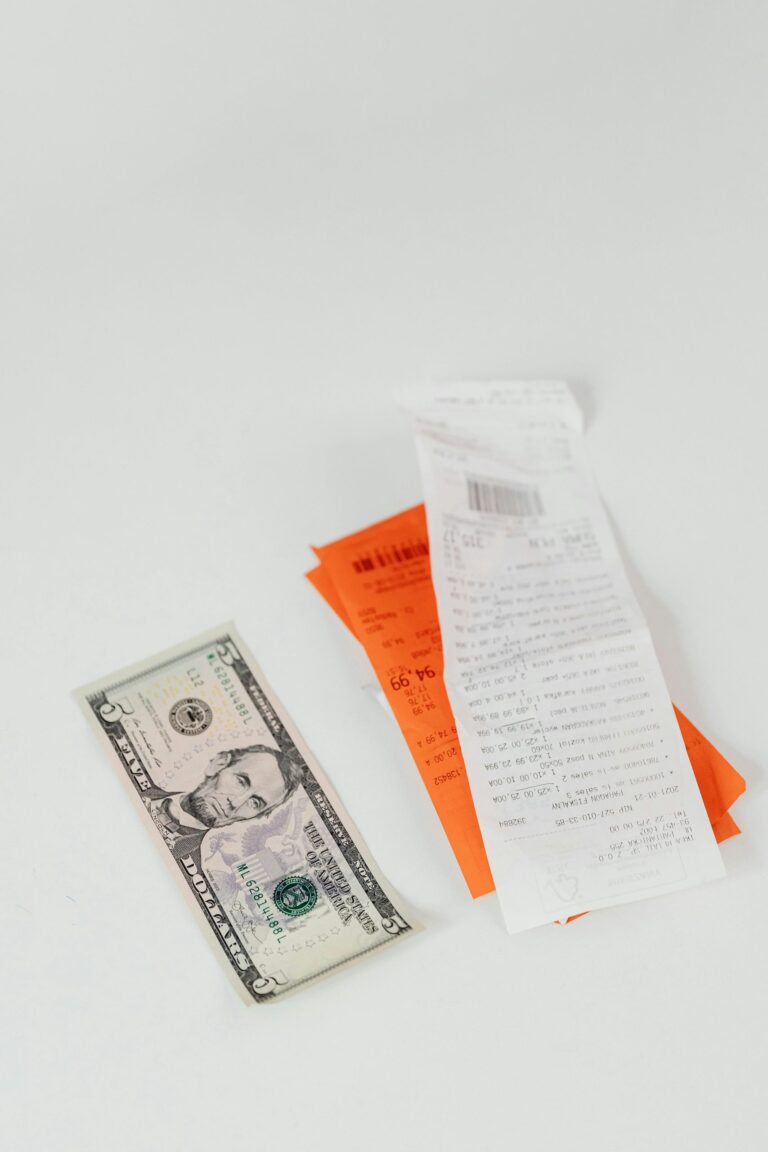Breaking the Cycle and Building Financial Freedom
In today’s world, many people live paycheck to paycheck, burdened by debt, and uncertain about their financial future. The dream of financial freedom, where you have enough income to cover your needs and desires without constant stress, can feel far away. But it’s achievable, regardless of where you’re starting from. Breaking the cycle of financial instability is the first step toward reclaiming control and building lasting financial independence.
What is Financial Freedom?
Financial freedom means different things to different people. For some, it’s about being debt-free. For others, it’s about having enough saved to retire early, travel the world, or not worry about bills. At its core, financial freedom is about having control over your money, not letting it control you.
Step 1: Recognize and Break the Cycle
Before building something new, you must dismantle what’s holding you back.
Understanding the Financial Cycle
Many people fall into a repeating pattern of financial stress that might look something like this:
- Receive a paycheck
- Pay bills and debt
- Spend the rest on essentials (or impulse buys)
- End up broke before the next paycheck
- Use credit to fill the gap
- Repeat
This cycle is exhausting and mentally draining. It’s hard to plan for the future when you’re barely making it through the present.
Identifying Triggers
Start by tracking your spending for 30 days. Use a simple spreadsheet, a notebook, or an app like:
Pay attention to:
- Emotional spending habits (shopping when bored, stressed, or sad)
- Unnecessary subscriptions
- Eating out or takeout frequency
- Late fees or overdraft charges
Be honest. This isn’t about shame, it’s about awareness and empowerment.
Step 2: Set Clear Financial Goals
Setting goals gives your money a purpose.
Short-Term Goals (0-12 months)
- Build a $1,000 emergency fund
- Pay off a small credit card
- Create and stick to a budget for 3 months
- Reduce spending by 10–20%
Medium-Term Goals (1–5 years)
- Pay off all consumer debt
- Save for a car, vacation, or education
- Build a 3–6 month emergency fund
- Improve your credit score
Long-Term Goals (5+ years)
- Buy a home
- Save for retirement
- Reach financial independence
Write down your goals, assign deadlines, and revisit them regularly. Use tools like:
Step 3: Budget Like a Boss
Create a Realistic Budget
A budget isn’t about restrictions, it’s about freedom. When you tell your money where to go, you’re in control.
Start with the 50/30/20 Rule:
- 50% Needs: Rent, utilities, groceries, insurance
- 30% Wants: Dining out, hobbies, Netflix
- 20% Savings and Debt Repayment
Use budgeting apps or printable templates to stay organized.
Zero-Based Budgeting
Every dollar you earn is assigned a job. At the end of the month, your income minus expenses equals zero.
This is especially helpful for:
- Tight incomes
- People getting out of debt
- Maximizing savings
Check out EveryDollar for a solid zero-based budgeting tool.
Step 4: Destroy Debt
Debt is one of the biggest barriers to financial freedom.
Choose a Debt Payoff Method
- Snowball Method: Pay off smallest debt first for quick wins
- Avalanche Method: Pay off highest interest first to save money over time
Use a debt tracker and celebrate each milestone.
Helpful tools:
Negotiate Your Debt
- Call credit card companies to ask for lower rates
- Consider balance transfers (watch out for fees)
- Look into nonprofit credit counseling through NFCC
Step 5: Build an Emergency Fund
An emergency fund is your financial airbag. Start with $1,000, then build to 3–6 months of expenses.
Why You Need One
- Prevents you from going into debt during crises
- Helps you sleep better at night
- Offers flexibility in emergencies (like job loss or car repair)
Keep it in a high-yield savings account like:
Step 6: Increase Your Income
Cutting costs only goes so far, you also need to grow your income.
Ways to Increase Income
- Ask for a raise or promotion
- Switch jobs or careers for better pay
- Start a side hustle: freelance writing, tutoring, dog walking, delivery apps
- Sell things you don’t use (Facebook Marketplace, eBay, Poshmark)
Check out:
Invest in Yourself
Sometimes, a course or certification can lead to better opportunities. Look at platforms like:
Tip:
If you’re just starting your journey, check out our Budgeting blog posts and learn how building a budget can work for you.
Step 7: Save and Invest Smartly
Once debt is under control and your emergency fund is in place, it’s time to make your money work for you.
Automate Savings
Set up automatic transfers to:
- Emergency fund
- Retirement accounts
- Investment accounts
- Vacation or goal-specific savings
Use Acorns or Qapital for micro-saving and investing.
Start Investing Early
Even small amounts make a difference thanks to compound interest. Consider:
- 401(k) or 403(b) plans (especially with employer match)
- Roth or Traditional IRA
- Index Funds or ETFs through Vanguard, Fidelity, or Charles Schwab
Use Investor.gov for trustworthy beginner advice.
Step 8: Build Financial Literacy
Knowledge is power, especially in money matters.
Best Books on Financial Freedom
- The Total Money Makeover by Dave Ramsey
- Your Money or Your Life by Vicki Robin
- I Will Teach You to Be Rich by Ramit Sethi
- The Millionaire Next Door by Thomas J. Stanley
Best Podcasts
- The Dave Ramsey Show
- Afford Anything with Paula Pant
- HerMoney with Jean Chatzky
- BiggerPockets Money Podcast
Step 9: Protect Your Progress
Now that you’re building momentum, protect it.
Insurance You Need
- Health Insurance
- Auto and Home Insurance
- Life Insurance (especially if you have dependents)
- Disability Insurance
Monitor Your Credit
Good credit = lower rates, easier approvals, and more financial flexibility. Check your score regularly via:
- AnnualCreditReport.com (free credit reports)
- Credit Karma or Credit Sesame
Step 10: Stay Consistent and Patient
Celebrate Wins, Big and Small
- Paid off a credit card? That’s worth a celebration.
- Hit a savings milestone? Do a happy dance.
Building financial freedom is a journey, not an overnight transformation. But each small step adds up to a big change over time.
Accountability Helps
- Share your goals with a friend or partner
- Join personal finance Facebook groups or Reddit threads
- Consider working with a certified financial planner (CFP)
Your Journey Starts Now
Breaking the cycle and building financial freedom is not just about dollars and cents, it’s about confidence, peace of mind, and possibilities. You don’t need to be perfect. You just need to start. The earlier you begin, the sooner you’ll feel the shift from stress to stability.
You have the power to break the cycle. Your future self will thank you.
Similar Articles
- Debt Snowball vs. Debt Avalanche: Which Method is Right for You?
- How to Build an Emergency Fund on a Tight Budget
- The 50/30/20 Rule: A Simple Breakdown for Smarter Budgeting
Disclosure: Some of the links on this page are affiliate links, which means I may earn a small commission if you make a purchase through them—at no extra cost to you.






